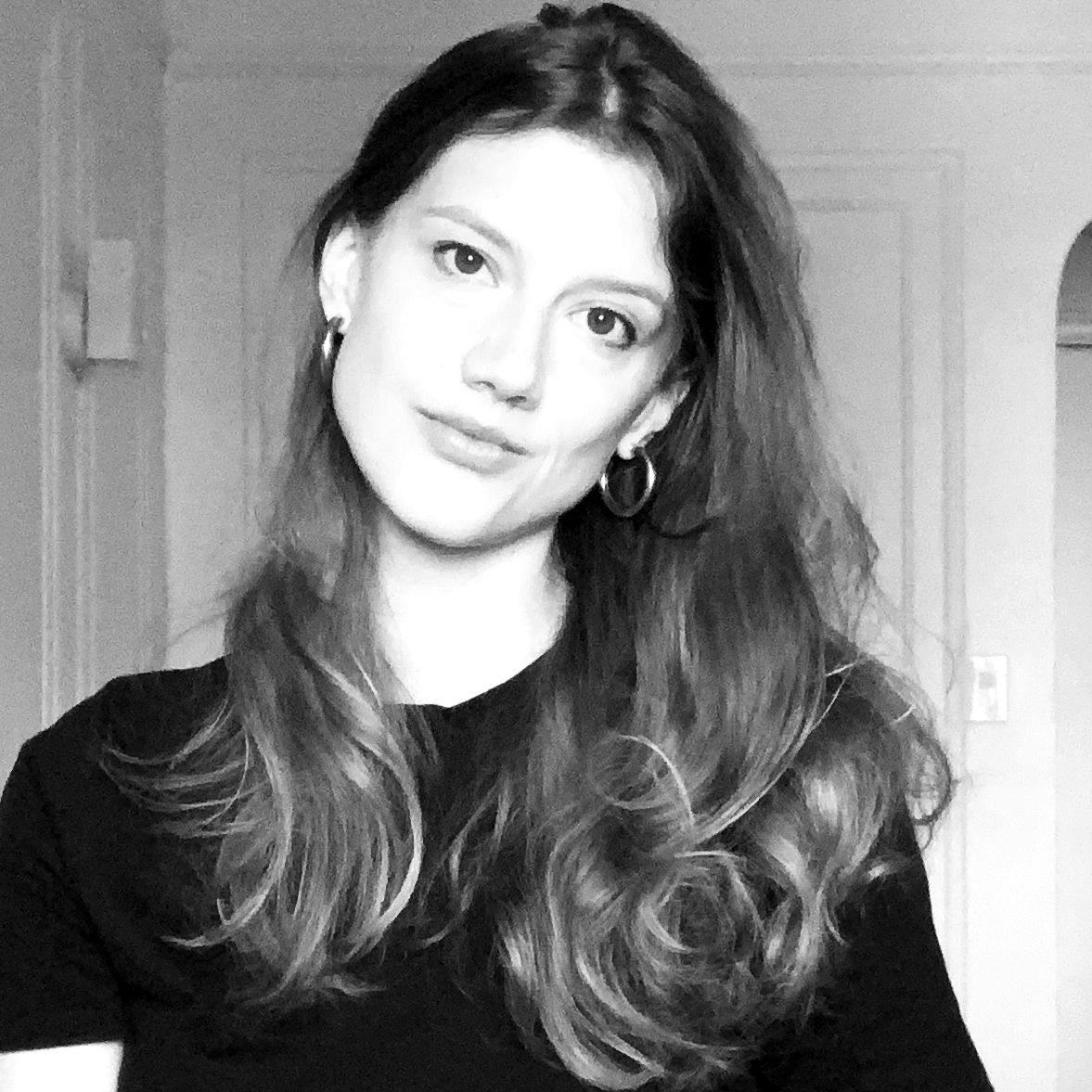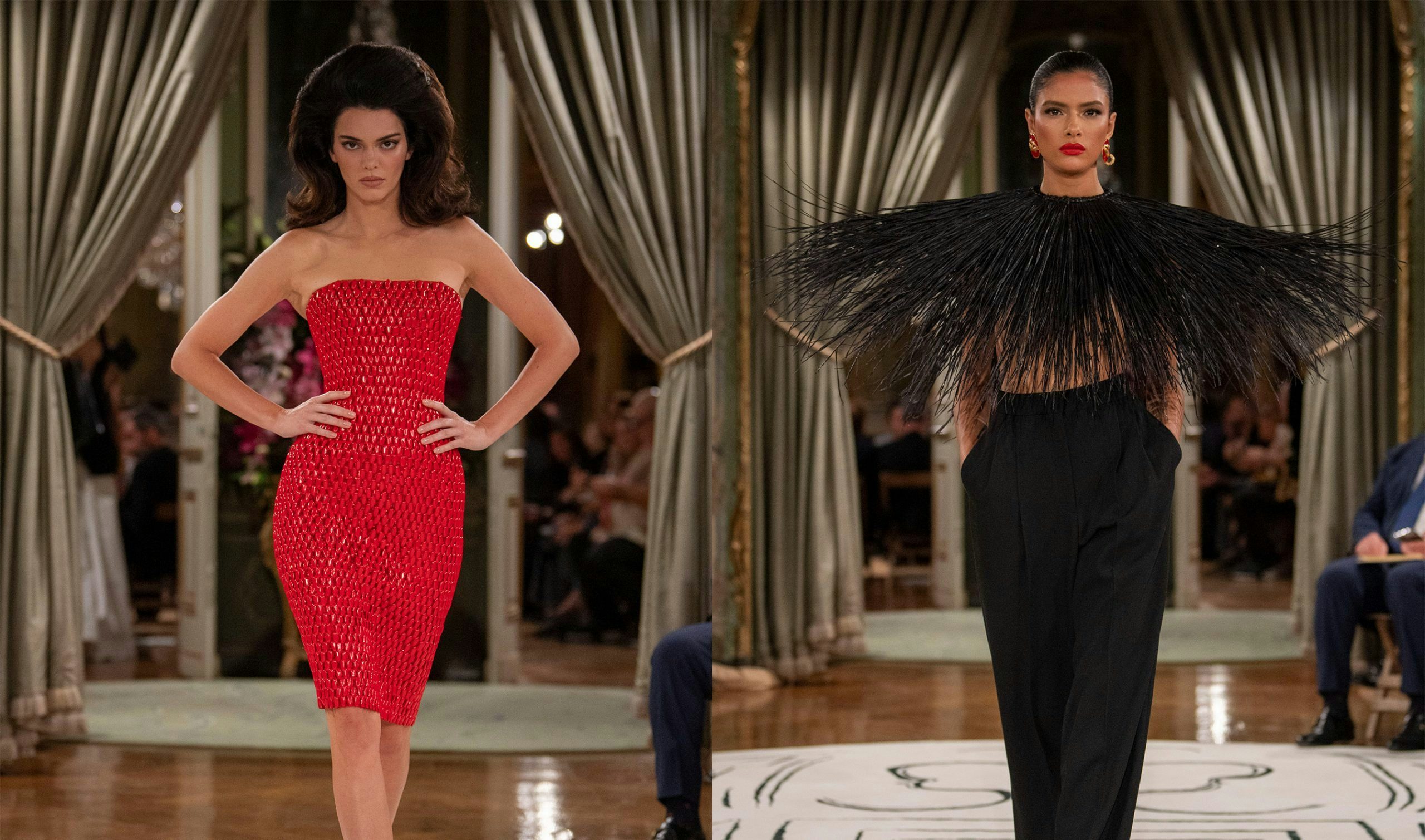A new documentary series is bringing supermodels like Cindy Crawford, Linda Evangelista, Naomi Campbell and Christy Turlington back to the spotlight. But the show also highlights fashion’s inability to create new stars.
With low-rise flared jeans and ballet flats back in style, Y2K fashion still rules the latest trends when it comes to clothing. But when it comes to models, the 1990s reign supreme: After appearing on the cover of the joint September issue of American and British Vogue, '90s supermodels Naomi Campbell, Linda Evangelista, Cindy Crawford and Christy Turlington closed out London Fashion Week’s Vogue World extravaganza.
Claudia Schiffer closed Versace’s Milan show this season, while Campbell appeared in Dolce & Gabbana’s Milan runway finale in a sheer skirt and lingerie as well as on Coperni’s runway in Paris. Cindy Crawford has just appeared as the new face of a brand refresh at MCM, having been its campaign model in 1996.

Those appearances coincided with the release of Apple TV’s docuseries The Super Models, which premiered on September 20 in the US and chronicles Campbell, Evangelista, Turlington and Crawford’s rise to fame.
The documentary appearance marks a rare reunion for that quartet of models dubbed the “Supers," but fashion has been mining the star power of '90s supermodels for years. Campbell, Schiffer and Crawford appeared alongside Helena Christensen and Carla Bruni at Versace’s Spring/Summer 2018 show to mark the 20th anniversary of Gianni Versace’s death. Turlington starred in Marc Jacobs’ Fall/Winter 2019 show and campaign, while Evangelista nabbed British Vogue’s September 2022 cover after revealing that a CoolSculpting procedure had left her “disfigured.”
https://www.youtube.com/watch?v=G59GvtrbFtQ
Fashion keeps going back to these models because even now in their 50s, they still command headlines every time they step on the runway. But the longevity of these top models isn’t just a reflection of their unique star power — it’s also indicative of the fact that fashion has failed to produce new stars who can compete with them.
“Fashion keeps going back to them, because it was such a singular moment in time that has really not been replicated,” says Amy Odell, fashion journalist and author of Anna: The Biography. “Seeing them together, it does make audiences wonder, why don't we have new stars? Why are we not nurturing new talent?”
Old-fashioned fashions#
It’s not just '90s supermodels entering the spotlight again. This month saw the release of two additional documentaries examining the careers of groundbreaking models: Bethann Hardison co-directed Invisible Beauty showcasing her career as one of the first mainstream Black models of the 1970s, and HBO’s Donyale Luna: Supermodel covers the life and legacy of the late Donyale Luna, the first Black model to grace the cover of Vogue and Harper’s Bazaar. Vanity Fair Italia’s October 2023 cover meanwhile showcases 21 top models from the period, ranging from Twiggy and Penelope Tree to Mila Jovovich and Carolyn Murphy.

The obsession with looking back points to fashion’s oddly conservative nature.
“In some ways it presents as so future-facing. I mean, literally trends are all about what happens next, what's coming,” says Anna Murphy, fashion director of The Times and author of Destination Fabulous. “And yet it's also, ironically, quite an old-fashioned industry.”
The 1990s supermodels represented a shift forward in the concept of a model, Murphy notes, in that they were seen as personalities themselves rather than just anonymous models.
“It seemed to be a kind of roadmap for the future. And very much a move away from what we'd seen before, which was models really as sort of ciphers hiding behind their image,” says Murphy.
The presence and personality of stars like Crawford, Naomi and Evangelista made them household names outside of fashion, particularly their appearance in George Michael’s Freedom! 90 music video.

It also gave them power — Evangelista became famous for claiming she didn’t get out of bed for less than 10,000 a day, while Campbell walked away from a prestigious Revlon contract that she felt failed to pay her as fairly as her peers. To some, that was perhaps too much power; in the Apple TV docuseries, Campbell shared how she was labeled as “difficult” after turning down the Revlon contract.
Bar the reality TV stars and nepo babies, today’s models have largely gone back to being invisible and anonymous on the runway, Murphy says, without the commanding presence of the '90s models. “They’re almost invisible; why can't they be visible women?” she says. “The kind of impetus or trajectory that we thought the supermodels were starting hasn't really played out.”
Glossy woes#
The '90s supermodels rose to new heights not only thanks to their own particular charisma and beauty, but also because they came up in an environment in which fashion magazines wielded enormous power to anoint new stars.
“Fashion is not so top down anymore,” says Odell. “The audience kind of decides who the audience likes.”
The September 2023 Vogue cover starring Campbell, Crawford, Evangelista and Turlington can’t quite match the power of that original group January 1990 cover of Vogue shot by Peter Lindbergh, which many cite as kicking off the supermodel era and whose influence still carries worldwide.

“In my personal opinion, the best shot was still the one from the first-ever Vogue cover featuring the five supermodels. It was captured by Peter Lindbergh, renowned for his black-and-white photography, and marked the beginning of an era with the ‘Big Five,’” wrote Xiaohongshu user Camille in a post showing the new September cover.
Even the powerful Vogue name is now subject to waning influence. This year, American Vogue announced it would reduce its print circulation to 10 issues a year. Earlier this month, Chioma Nnadi was announced as the successor to Edward Enninful to lead British Vogue — only Nnadi won’t inherit Enninful’s editor-in-chief title and will instead be deemed “head of editorial content.”
Today’s glossy magazines are no longer the primary arbiter of fashion but instead simply one of many forms of media that dictate new trends and stars. The biggest models of the moment like Gigi and Bella Hadid and Kendall Jenner and Hailey Bieber don’t need a magazine cover to stage a fashion moment — they can simply walk down the street and take over Instagram and TikTok feeds.
That makes them more visible than the 1990s supermodels ever were, but also more normalized and perhaps less alluring.
“Some of the fascination with those women was that you couldn't really access them unless you bought the magazines, unless you tuned into House of Style, unless you picked up the paper and read about them,” says Odell. “And now we can kind of peer into celebrities’ lives all the time on social media.”
Given their current level of fame, will the Hadid sisters or Jenner and Bieber command fashion magazines in their 40s and 50s like Campbell and Crawford do now? That may be asking the wrong question altogether.
“I really don't think that it's a guarantee that we're gonna have print fashion magazines in 2030,” says Odell.


